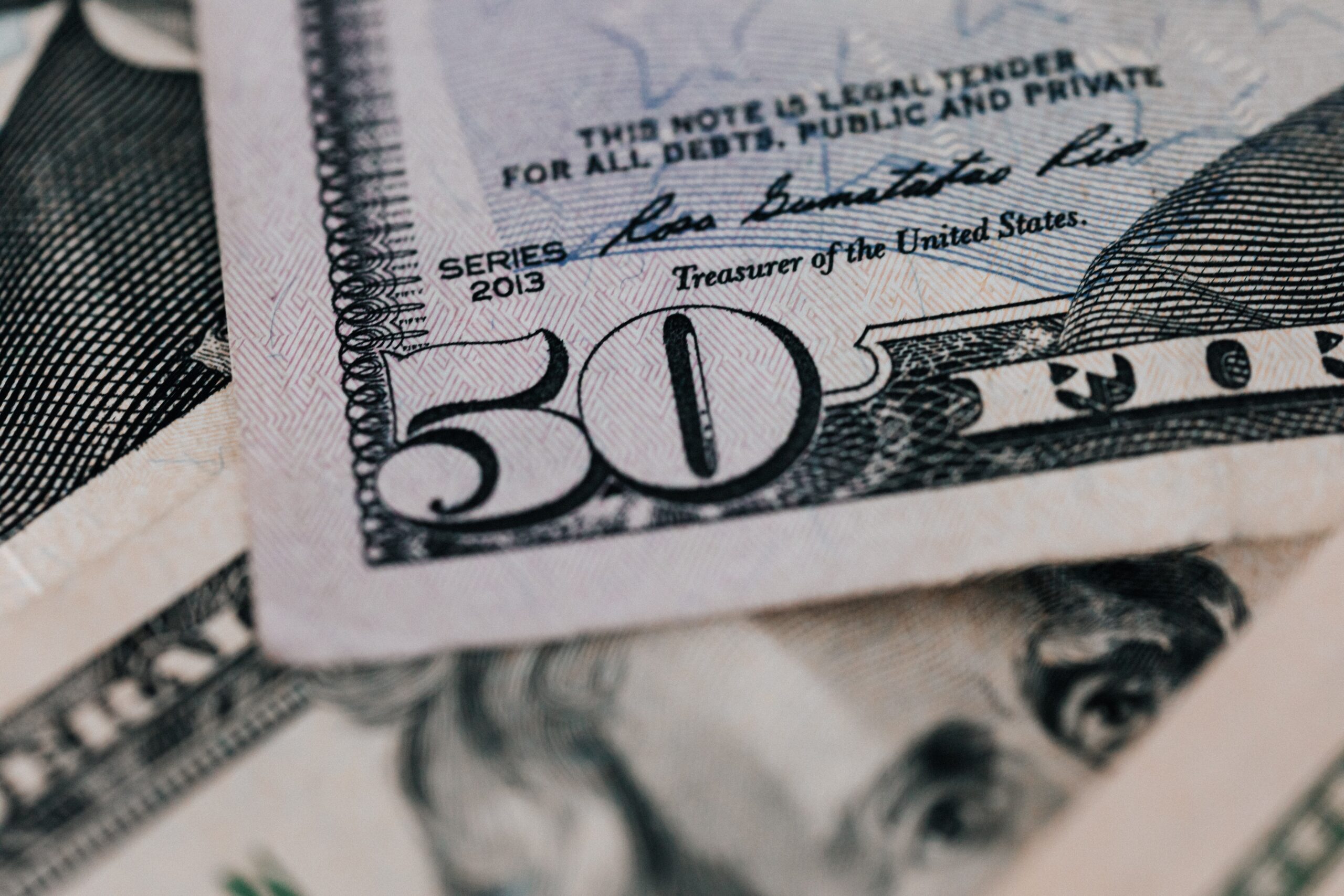

04.08.2022 – The Federal Reserve has let it be known that the cycle of interest rate hikes is far from over. The chances of the euro recovering against the dollar are slim. Unless the market has now priced in all the news.
Is the bottom in now? EURUSD – here in the weekly chart – continues to trade near parity, but has recovered somewhat in recent days. After all, the 50 line beckons from above.

Source: Bernstein Bank GmbH
There has been enough bullish news for the dollar from the Federal Reserve recently: no less than four presidents of regional Fed banks have emphasized that there are still no signs of a decline in inflation. Thus, the tightening continues.
Inflation target 2 percent
Thus, the head of the San Francisco Fed, Mary Daly, said that the monetary guardians “remain determined and fully united” regarding the goal of pushing inflation close to the inflation target of 2 percent. Our take: That’s going to take higher interest rates sucking money out of the market for quite a while.
Chicago Fed President Charles Evans said it’s reasonable to assume a 3.5 percent interest rate will be reached by year’s end. Regarding individual rate steps, he commented, “I think there’s enough time to play out that 50 is a reasonable assessment, but 75 could also be okay,” he said. So: 75 basis points increase is in. And even more: “if we don’t see improvement before too long, we might have to rethink the path a little bit higher.”
Fed sees no recession
The head of the Cleveland Fed, Loretta Mester, judged that there are “no signs of a recession.” Moreover, “we have to get inflation under control.” She further said she “hasn’t seen anything suggesting inflation is leveling off.” She further added, in an interview with The Washington Post, that she wants to see “very convincing evidence” that monthly price increases are moderating. Only then would she be able to say that the Fed’s tightening cycle had achieved its goal of fighting inflation.
In addition, St. Louis Fed President James Bullard reiterated that the central bank should probably raise its benchmark interest rate to a range of 3.75 to 4.00 percent by the end of the year. At the same time, he calmed stock market nerves before the Money Marketeers of New York University when he spoke of a high probability of a soft landing.
Support for the Greenback
Our conclusion: As long as the Fed continues to see no recession, interest rates will rise in the medium term. So, despite assurances to the contrary, the central bank has issued guidance. And who knows: If the stock markets boom too strongly and inflation gallops, the Fed could follow up with the interest rate target. When will the market price in the turning point and an end to tightening? Who knows. In any case, the Federal Reserve is running ahead of the European Central Bank. And therefore, the dollar has a tailwind from that side. The same applies to high energy prices – oil and gas are paid for in dollars on the world market. Whether long or short – Bernstein Bank wishes successful trades and investments!
Important Notes on This Publication:
The content of this publication is for general information purposes only. In this context, it is neither an individual investment recommendation or advice nor an offer to purchase or sell securities or other financial products. The content in question and all the information contained therein do not in any way replace individual investor- or investment-oriented advice. No reliable forecast or indication for the future is possible with respect to any presentation or information on the present or past performance of the relevant underlying assets. All information and data presented in this publication are based on reliable sources. However, Bernstein Bank does not guarantee that the information and data contained in this publication is up-to-date, correct and complete. Securities traded on the financial markets are subject to price fluctuations. A contract for difference (CFD) is also a financial instrument with leverage effect. Against this backdrop, CFD trading involves a high risk up to the point of total loss and may not be suitable for all investors. Therefore, make sure that you have fully understood all the correlating risks. If necessary, ask for independent advice. CFDs are complex instruments and are associated with the high risk of losing money quickly because of the leverage effect. 68% of retail investor accounts lose money trading CFD with this provider. You should consider whether you understand how CFD work and whether you can afford to take the high risk of losing your money.7
